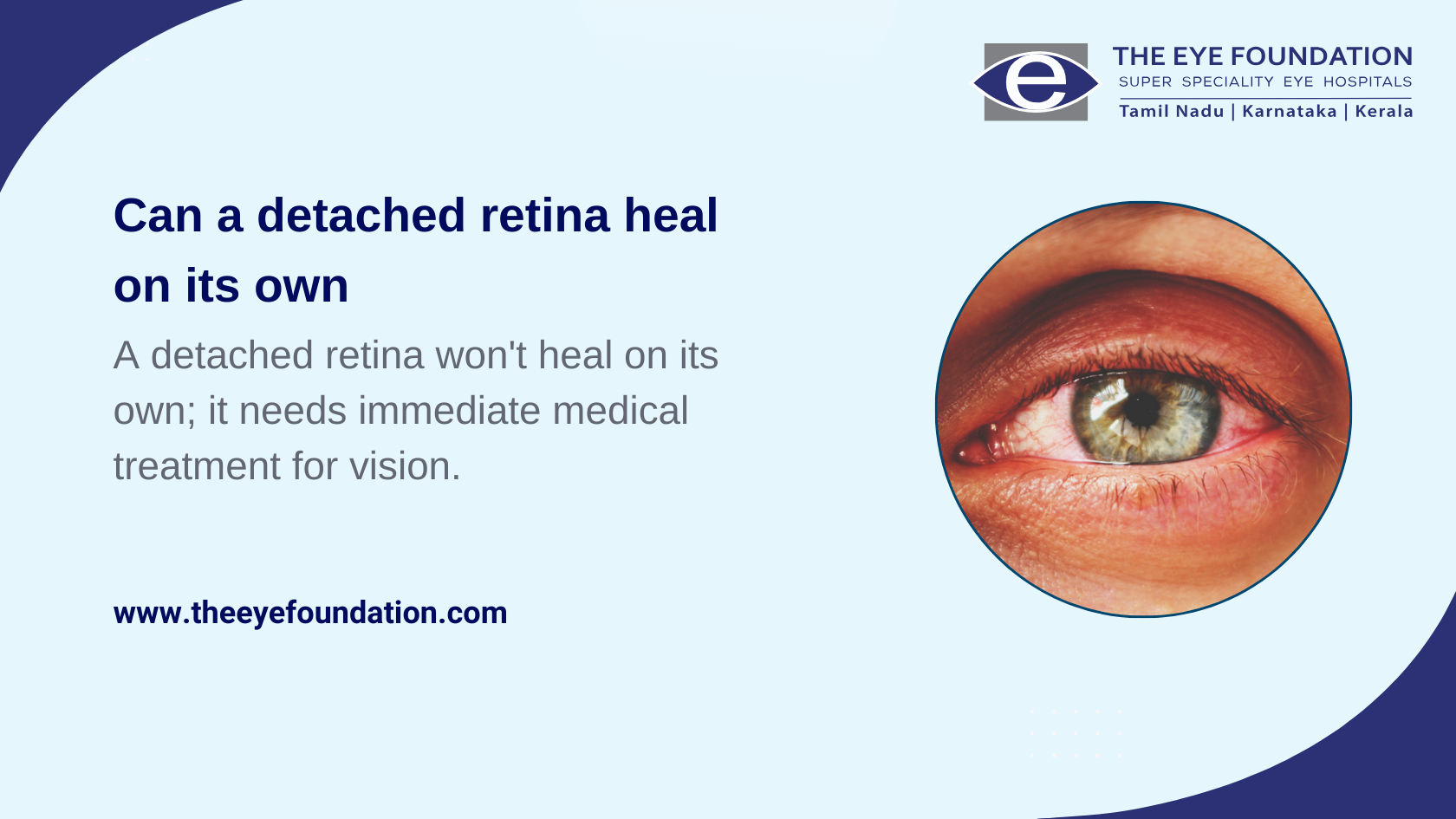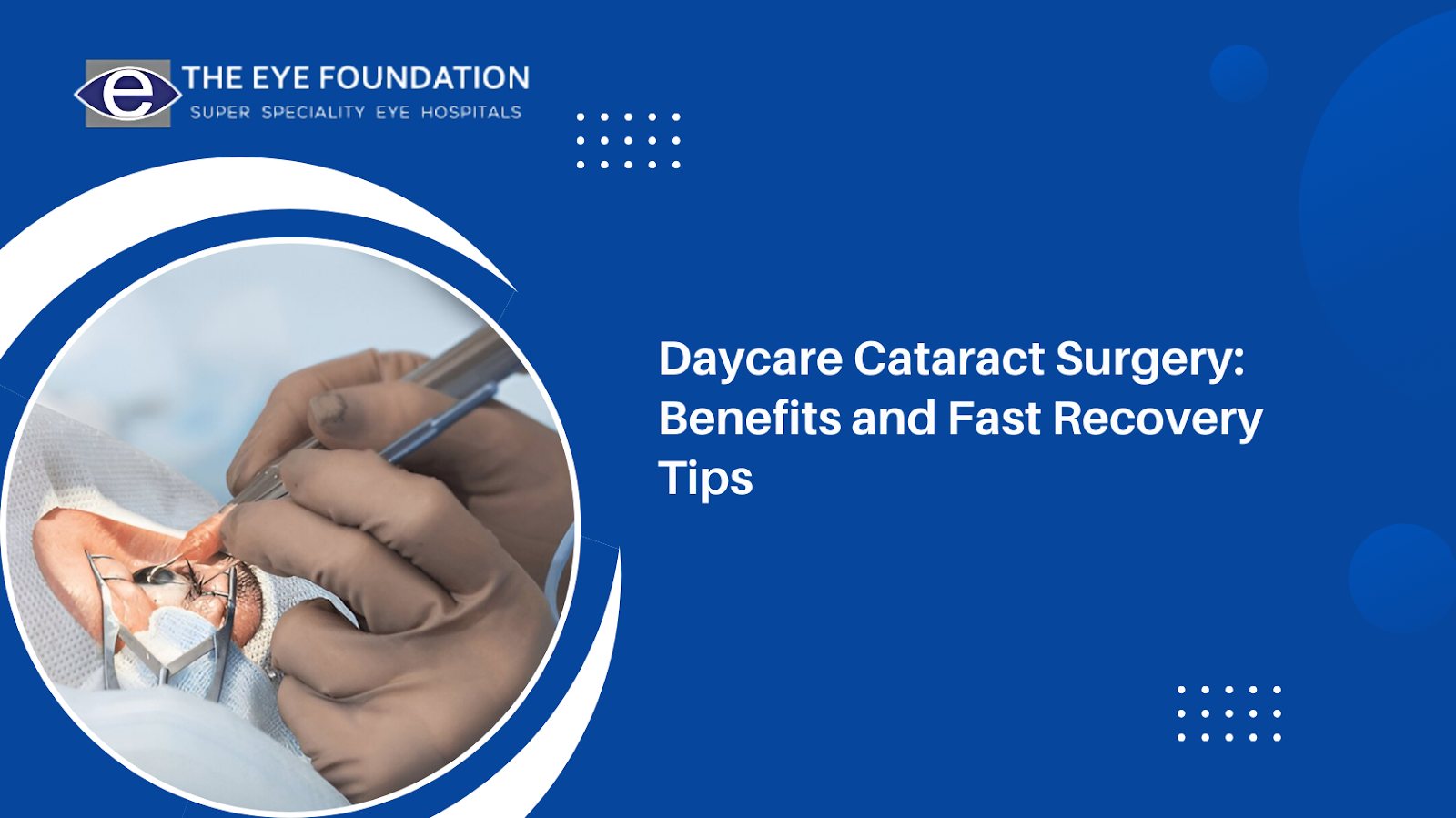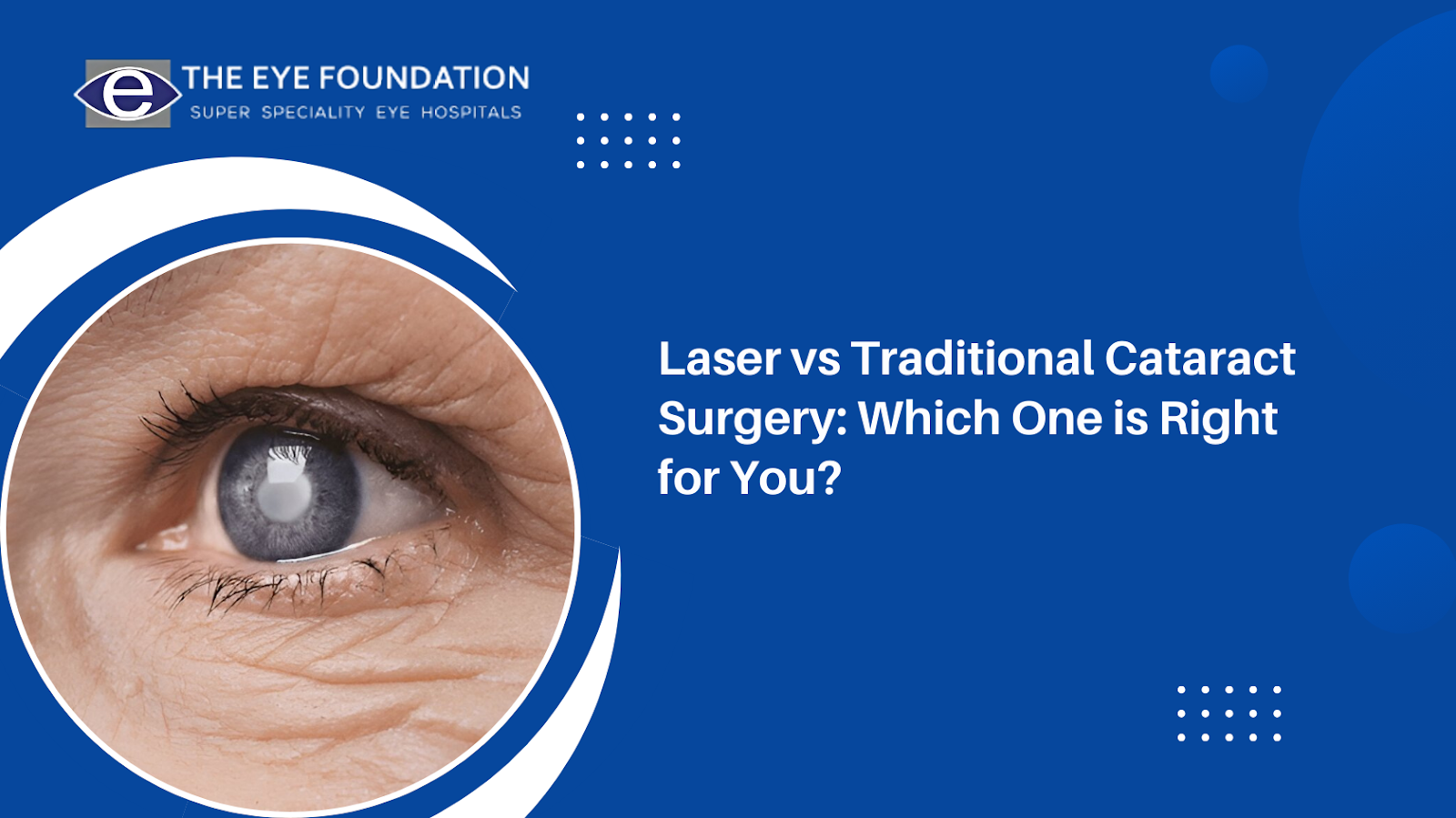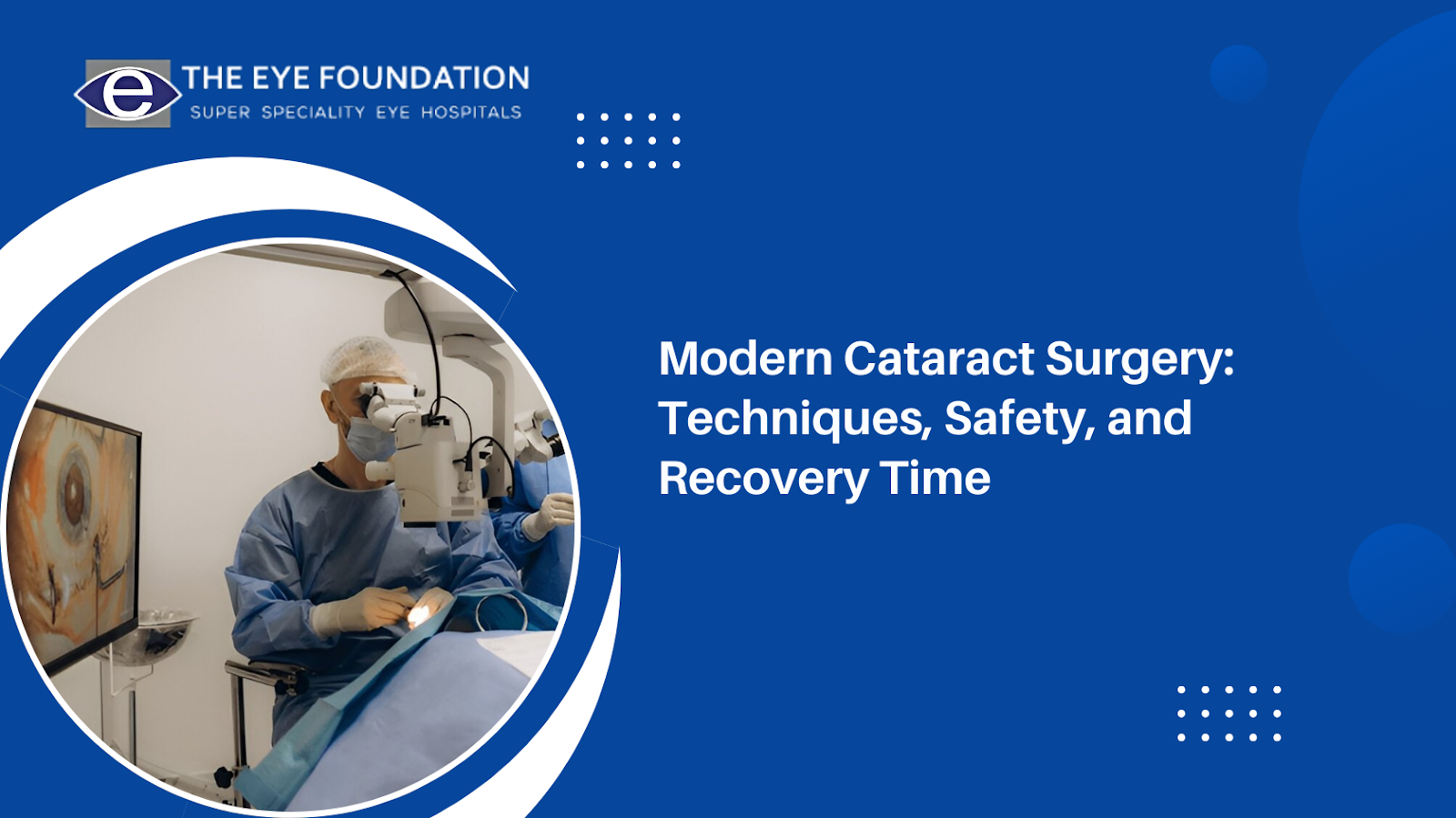Eyes are one of the most important organs of the human body and are responsible for perceiving the environment. In matters concerning the eyes, there are some diseases that need attention in order to avoid blindness. One of the serious complications that can develop when taking the drug is retinal detachment. It happens when the retina, which is a thin layer of nerve tissue at the back of the eye, peels away from the underlying tissues. Prolonged with no treatment, retinal detachment can result in complete vision loss or blindness. In this blog you will learn what retinal detachment is, why it needs immediate treatment, and whether it can heal itself.
Understanding Retinal Detachment
Retinal detachment is an ocular emergency that can happen for different causes. It is in fact a stripping away of the retina from its usual location and removing its means of nourishment and blood supply. If left untreated, the damaged cells in the retina start to die and this results in vision loss. There are three main types of retinal detachment:
- Rhegmatogenous Retinal Detachment: The most frequent type, which results from a tear or a break in the retina through which fluid can accumulate beneath the retina.
- Tractional Retinal Detachment: Result from the traction exerted on the retina by scar tissue, common in diabetic patients or anyone with vascular diseases of the retina.
- Exudative Retinal Detachment: This is a condition that develops when there is a collection of fluid under the retina but no breaks or tears are present; it is usually caused by inflammation, injury or other diseases among them.
Both types come with their complexities, and though they all affect vision, early detection makes a world of difference.
If you want to know how the retina works, check out our blog How Does Retina Work and get valuable information.
Can the Retina Reattach on Its Own?
A detached retina can only partially stick back or heal on its own without therapeutic intervention. The sequence of the thinning of the retina means that once it starts pulling apart, it has no supporting structure to provide it with nutrients, consequently, it deteriorates further. Failure to do so leads to worsening of the condition and permanent loss of vision. Consider it an opening in a sidewalls foundation of a house; if you neglect it, it will expand with time. Surgical intervention for RD should be conducted as soon as possible as soon as the signs manifest in order to avoid total blindness.
Treatment Options for Retinal Detachment
Happily, several treatments can be used to manage retinal detachment. Here are the primary options:
- Laser Photocoagulation: This is a procedure which makes use of a laser that makes circular shaped blind burns around the retinal tear. It also results in the formation of scar tissue which tends to oppose or overlay the tear and thereby prevent the passage of fluid under the retina. Laser treatment is usually done for small focal detachment or small tear.
- Cryopexy: Cryopexy is an ice procedure for welding retinal breaks. Extreme cold-generation of scar tissue that aids in reattaching the retina. As a rule, this treatment is applied in combination with other ones.
- Scleral Buckling: This surgical procedure involves placing a small silicone ring (Scleral buckle) around the eye to push it inside. It allows the retina to come back to contact with the base of the eye tissue to reattach again adequately. Scleral buckling is useful in more extensive detachments and may also be a permanent solution to the problem.
- Vitrectomy: When there is a lot of separation, a vitrectomy may be done. This entails the procedure of assisting in the removal of gel that fills the eye cavity and helps in the reestablishment of the retina. Surgery involves using Gas or silicone oil to act as a permanent tamponade to keep the retina year fixed until it heals.
All these treatments are very effective before the onset of a severe detachment but the right one varies with the type and cause of the problem.
Prognosis and Recovery
The outlook for retinal detachment depends on the degree of detachment and how early the problem is treated. In most cases, through early intervention, many people get to regain some vision or even full vision. However, if treatment is not sought early enough, the outcome may be as bad as the patient losing his or her sight completely if the macula is involved. After surgery, patients often require some time to just lay down and avoid exerting themselves to allow their bodies to heal. It is also important to visit the eye specialist from time to time, to check on the stability of the retina and the health of eyes in general.
Risks of Ignoring Retinal Detachment
If a retina is left detached, then there are certain complications that may occur. Retinal detachment which causes vision loss is usually a permanent condition and worsens with time if not treated. Disregarding the symptoms may result in total loss of vision of the affected eye in some instances. This is why retinal detachment is a medical emergency. That is why it is extremely important to consult an ophthalmologist and receive timely treatment as it can make all the difference between regaining vision and living with blindness. Consulting an Eye hospital in Coimbatore can ensure timely treatment.
When to Seek Immediate Medical Attention
If you have any bright light, a sudden development of many floaters, or a shadow or curtain over the vision, you must visit a doctor immediately. These symptoms may be primary signs of retinal detachment. Even though not all floaters and flashes are associated with detachment it is safer to have your eyes checked as soon as possible.
Retinal detachment is a medical emergency of the eye that should be treated as soon as possible. Knowledge of the dangers, signs and treatment options for the eye conditions can assist you in making the right choices regarding your eyes. Since The Eye Foundation, you can be assured of an evaluation of your condition and recommendation for the right treatment that you need. Don’t wait for the symptoms to worsen—“Schedule your eye exam” now.






